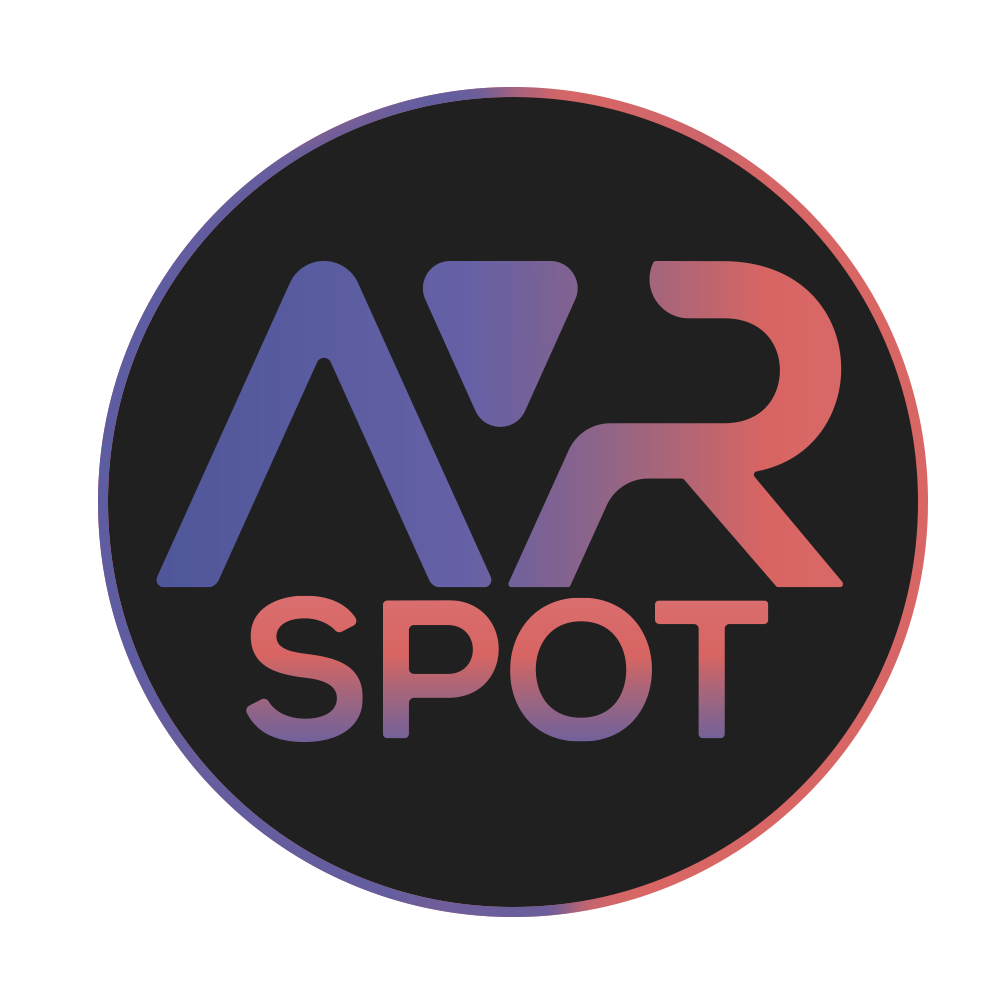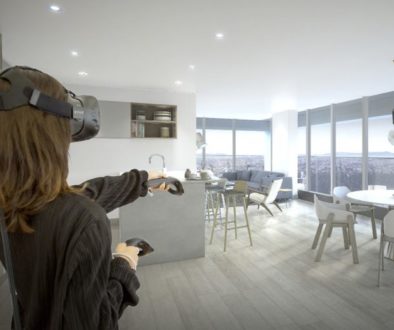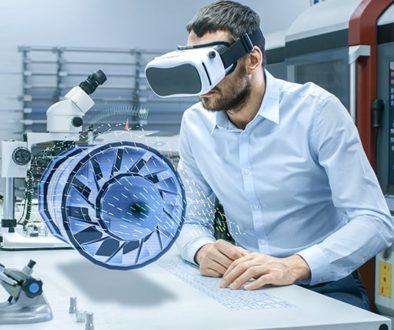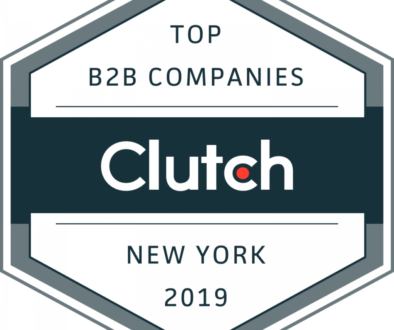Step-by-Step Guide to Developing Augmented Reality App For Your Business at AVRspot
Hey, it’s AVRspot, and today we will tell you about the client journey in our company. How it is to be our client and how it’s like to develop an app with us. I’m glad you joined, let’s get straight into it.
Developing an Idea
First things first, if you are looking to grow your business fast, spending some time on defining an idea of what kind of app you want to develop is the very first step on the road to success.
The next step is to contact AVRspot.
After contacting AVRspot our manager will set up a call with you to discuss all nits and grits about the project. At this stage, we’ll find out what is your vision of the app and what you have ready for the application development (technical documentation, wireframes, designs, etc).
If you have no technical specifications (if you have we’ll skip this step) we’ll ask you about the requirements you have, get to know exactly what you want and if it’s possible to deliver those requirements. We’ll also create a functional document explaining how to implement a technology solution for you in a cost-effective way by determining the requirements of a project.
We’d also provide you with some recommendations on how to improve your app idea by analyzing the current market as well as how valuable and competitive your solution is.
Now that we have technical documentation, the next step is one more discussion.
Usually, at this stage we ask a bunch of questions, so don’t freak out — we need this in order to understand your preferences, the project’s purpose, its audience, the problems it can solve, and deliver inch-perfect results.
Based on technical documentation we create a quote, that you will later approve. If everything aligns well with your favor, we’ll sign up a contract.
Starting Development Process: MVP
Here at AVRspot, our software development process consists of 2 main stages – MVP development (MVP is the version of a new product which allows a team to collect the maximum amount of validated learning about customers with the least effort), and agile development.
Why is it always a good idea to develop MVP?
Your MVP is the base of your product. It’s like the ice cream inside a waffle corner, as it comprises the attributes required to find a solution to the certain issue you’re targeting.
MVPs are the best way to understand the market you’re entering as well as see whether there’s a demand for what you offer before investing in a product no one will use. 90 % of all start-ups fail and half of these do just because there was no demand for their services.
Thus we make an interview to discuss what is the main service/features your app will provide. And once we create MVP, then we’ll be able to quickly create a standout brand that gets noticed and gains popularity in a short period of time.
Agile Development
After discussing MVP development, our project manager divides a project into parts and creates a user story that incorporates a description of a software feature from an end-user perspective. It helps to create a simplified description of a requirement.
Our project manager will write a user story so that it’s clear for you as a customer and us what you want and why you want it. We’ll take care of how to develop the code that will satisfy the requirements of the user story. Our developers will collaborate closely with you as a business owner to clarify the details as the process develops.
Then we create a module instruction, which results in user cases. By using user cases system we’ll identify, clarify, and organize system requirements. During this stage, our project manager will organize functional requirements, model the goals of an app, record scenarios and describe basic courses of an action.
The next move is creating a backlog. During this session, the development team works with the business owner to prioritize tasks and list them into user stories for future use.
Then we divide a project into sprints and work according to scrum and agile program.
Each sprint begins with a planning meeting. During the meeting, the product owner and the development team agree upon exactly what work will be accomplished during the sprint. Then we’ll determine the duration of sprints. When the project is done, we put it into the test by QA, or you can use user testing. After successful testing, we deliver the final outcome.
That’s pretty much it, if you have any concerns, please don’t hesitate to contact us — we’re glad you are here and ready to implement your project.
Related: 5 Simple Augmented Reality Business Ideas You Can Implement Today




